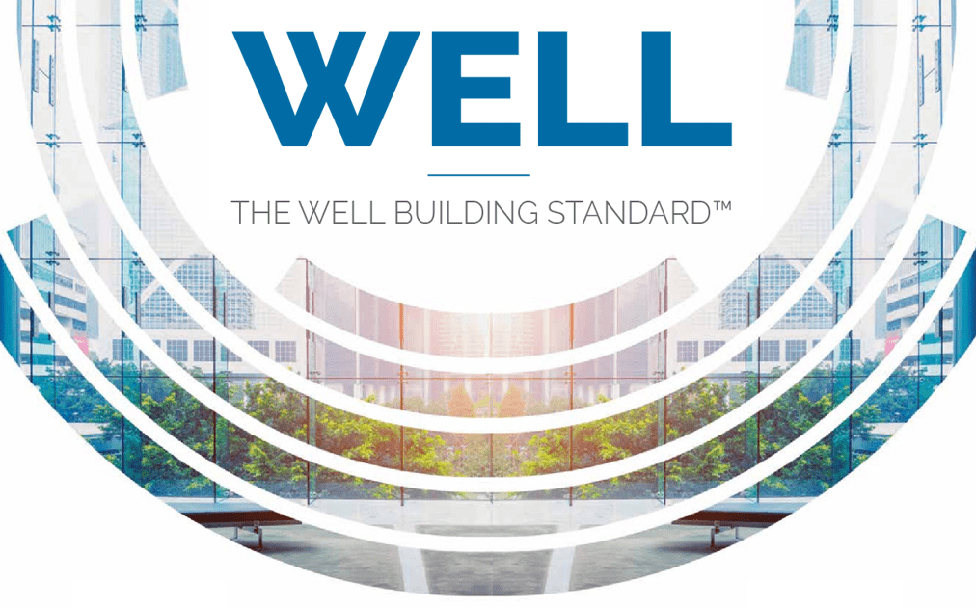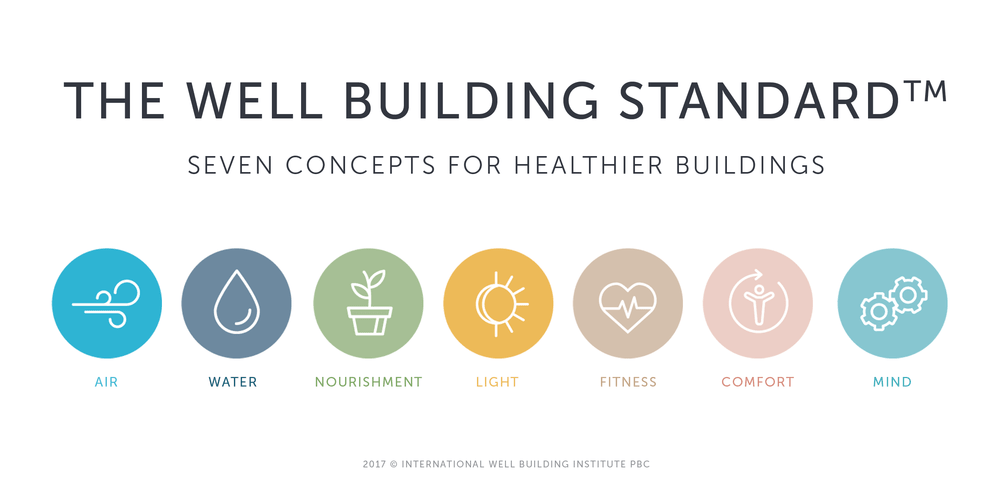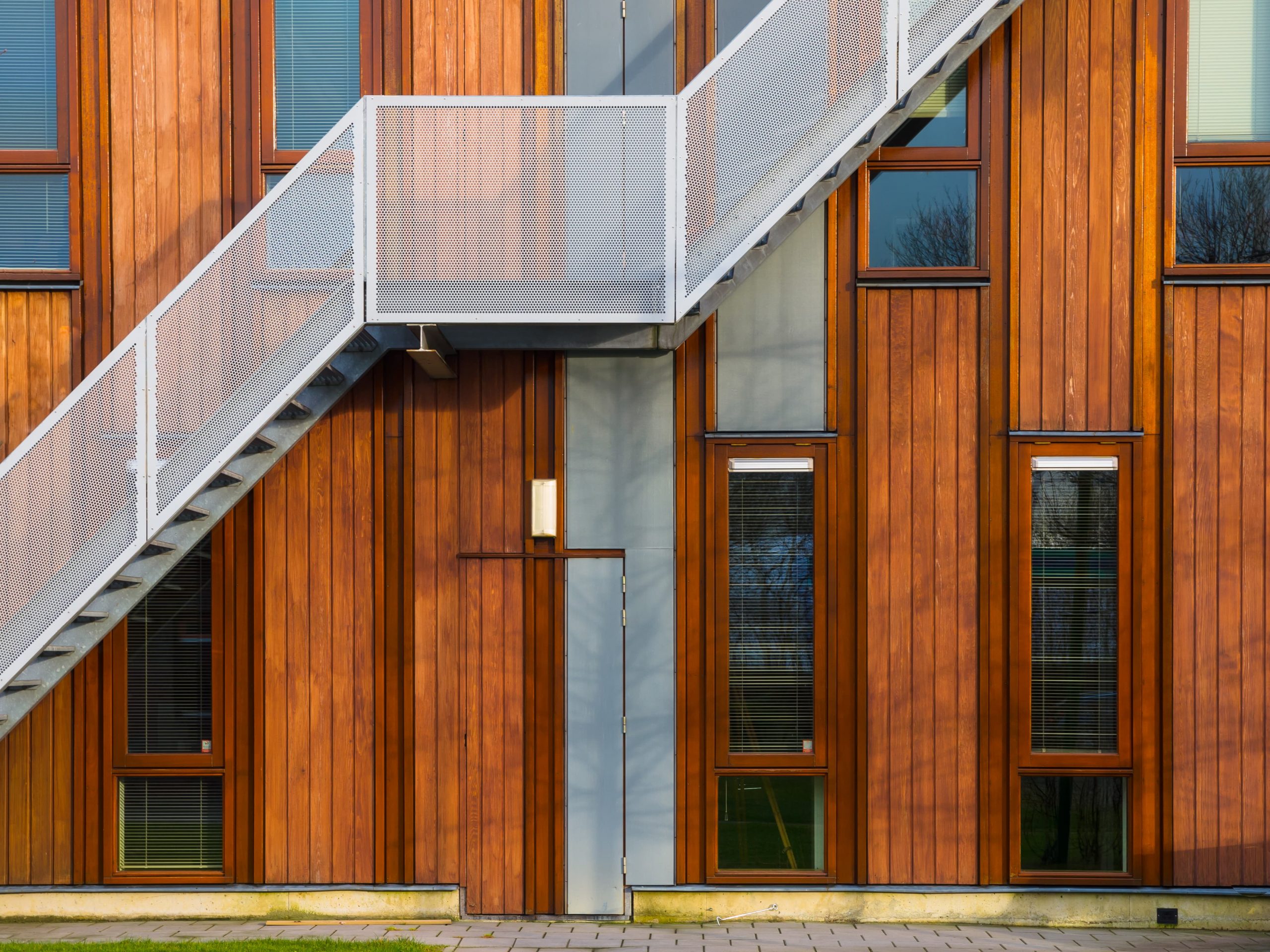This article is about the latest building standard which focuses on protecting your wellbeing as well as the environment.
Homo sapiens built out of necessity. The first constructed structures were raised in the New Stone Age and were in the form of tents and shelters made of mammoth ribs, bamboo, clay and other locally available natural materials. These structures were designed to suit people’s basic needs for protection from the elements and left no traces in the environment.
The Early Ancient Civilizations – Building To Last
The early ancient civilizations – the Egyptians, the Chinese, the Mesopotamians – were the world’s first architects. Their buildings were large structures (i.e.: the pyramids), designed to last over centuries and were a testament of their culture and civilization. These structures are amazing feats of engineering and changed the face of the world forever.
The ancient civilizations died and were replaced by advanced modern civilizations. Technological developments influence our lives, our jobs, the homes we live in and the buildings we work in. But these changes aren’t always good for our health.
The Sick Building Syndrome
In the 20th century, the sick building syndrome was identified. The sick building syndrome is a medical condition where people in a building suffer from symptoms of illness or feel unwell for no apparent reason.
The symptoms include a wide range of conditions such as headache, eye, nose, and throat irritation, fatigue, dizziness and nausea.
This syndrome is linked to various causes: inadequate ventilation, deteriorating fibreglass duct liners, chemical contaminants from indoor or outdoor sources, and biological contaminants, air recycled using fan coils, traffic noise, poor lighting, molds. In short – our buildings were harming us.
Aside from us, our buildings and construction have a detrimental impact on the environment. According to research, the construction sector contributes to 23% of air pollution, 50% of the climatic change, 40% of drinking water pollution, 50% of landfill wastes and accounts for 40% of worldwide energy usage, with estimations that by 2030 emissions from commercial buildings will grow by 1.8%. (source)
Building to Protect the Environment
Our world has limited resources. It’s up to us to protect it. It’s up to us to design and build structures that don’t harm our environment and our health.
That’s why new standards of construction were developed during the 1990s such as BREEAM and LEED.
Learn more: Mihai-Toader Pasti – Building The Homes of the Future at EFdeN
These standards indicate that a building has achieved a certain level of environmentally-conscious design. They help building owners and operators to be environmentally responsible and use resources efficiently.
The next step in the sustainable or ecological architecture movement is designing for people’s wellbeing.

image: agda.com.au
The WELL Building Standard
The WELL Building Standard illustrates this goal and was developed in 2014 by the International WELL Building Institute.
The WELL Building Standard is the premier standard for buildings, interior spaces and communities seeking to implement, validate and measure features that support and advance human health and wellness.
The WELL Building Institute
The goal of the WELL Building Standard is to help architects create healthy buildings, which actively support their occupants’ health and well-being.
WELL was developed by integrating scientific and medical research and literature on environmental health, behavioural factors, health outcomes and demographic risk factors that affect health with leading practices in building design, construction and management.
According to WELL, buildings should be functional and comfortable, built sustainably, contribute to their occupants’ health and wellbeing and be able to adapt to their needs.

image: greenengineer.com
The standard covers seven core design aspects: Air, Water, Light, Nourishment, Fitness, Comfort, and Mind.
Here is how the WELL Building Standard contributes to the health and wellbeing of your family:
1. Air
The WELL Building Standard™ establishes requirements that promote clean air and reduce or minimize the sources of indoor air pollution.
2. Water
The standard promotes safe and clean water through the implementation of proper filtration techniques and regular testing in order for building occupants to receive an optimal quality of water for various uses.
3. Nourishment
According to the standard, fresh and wholesome foods are required, unhealthy ingredients are limited and better eating habits and food culture are encouraged.
4. Light
The WELL provides guidelines that minimize disruption to the body’s circadian system, enhance productivity, support good sleep quality and provide appropriate visual acuity.
5. Fitness
It promotes the integration of physical activity into everyday life by providing the opportunities and support for an active lifestyle and discouraging sedentary behaviours.
6. Comfort
The standard establishes requirements designed to create distraction-free, productive and comfortable indoor environments.
7. Mind
It optimizes cognitive and emotional health through design, technology and treatment strategies.
For an in-depth presentation of these concepts, go to The International WELL Building Institute.
Join the Conversation
We’d love to hear what you have to say.
Get in touch with us on Facebook Group and Twitter.





















